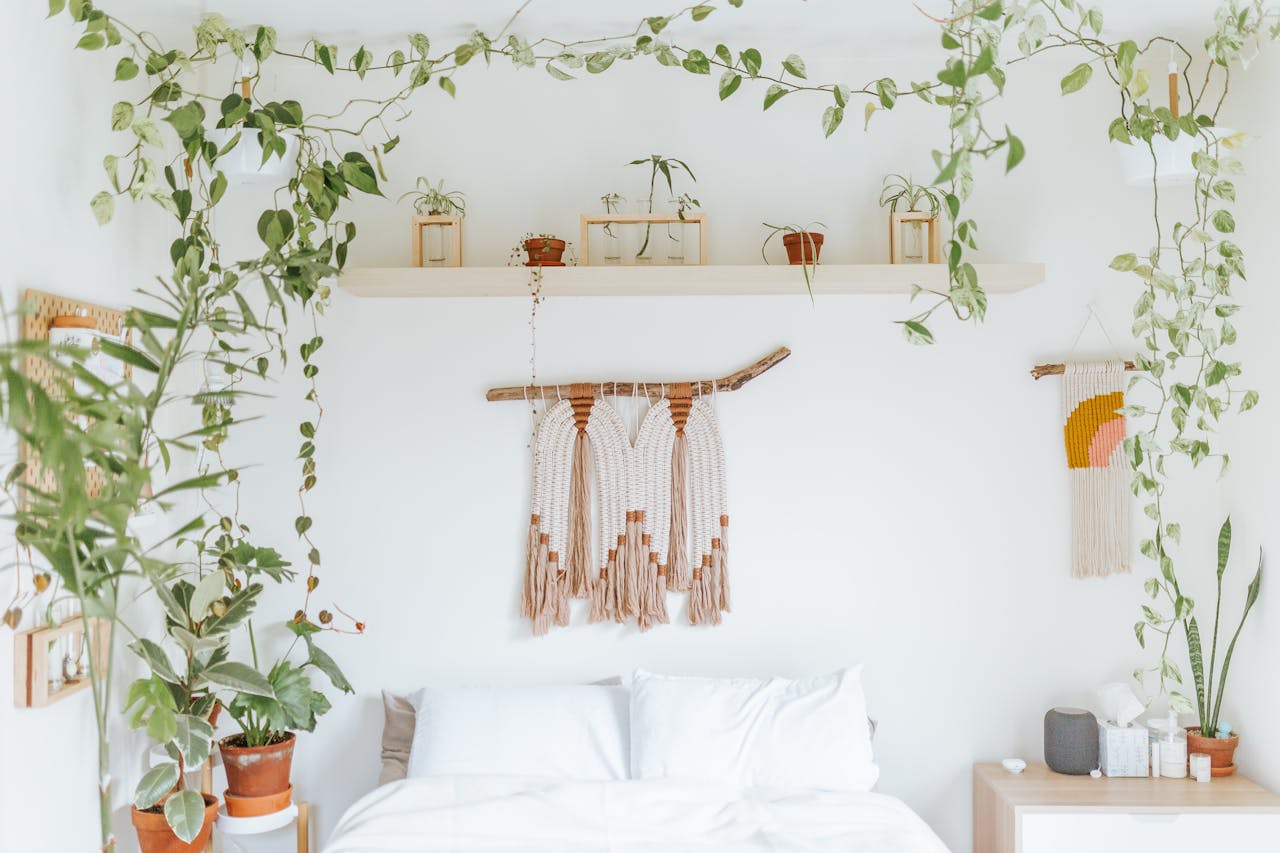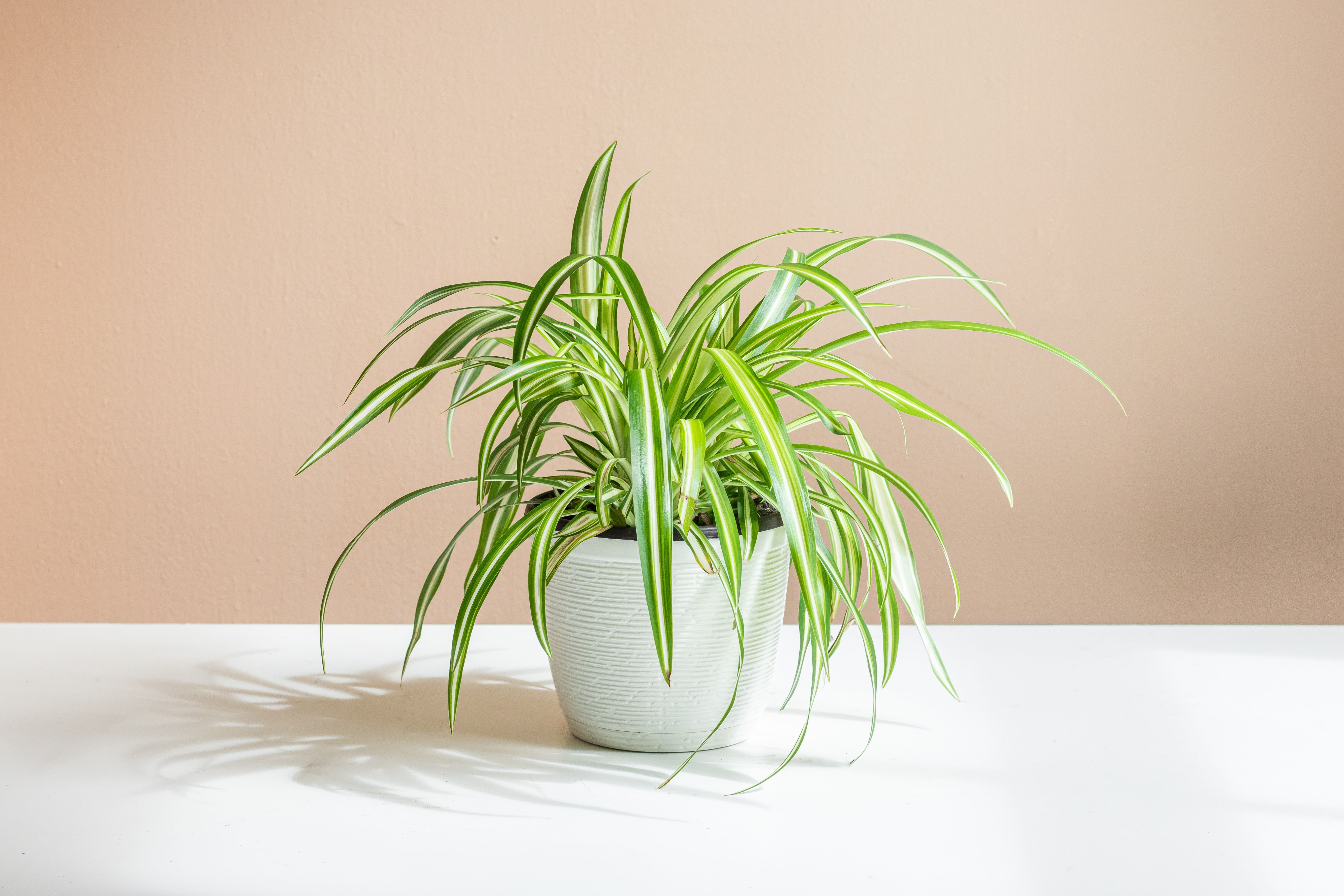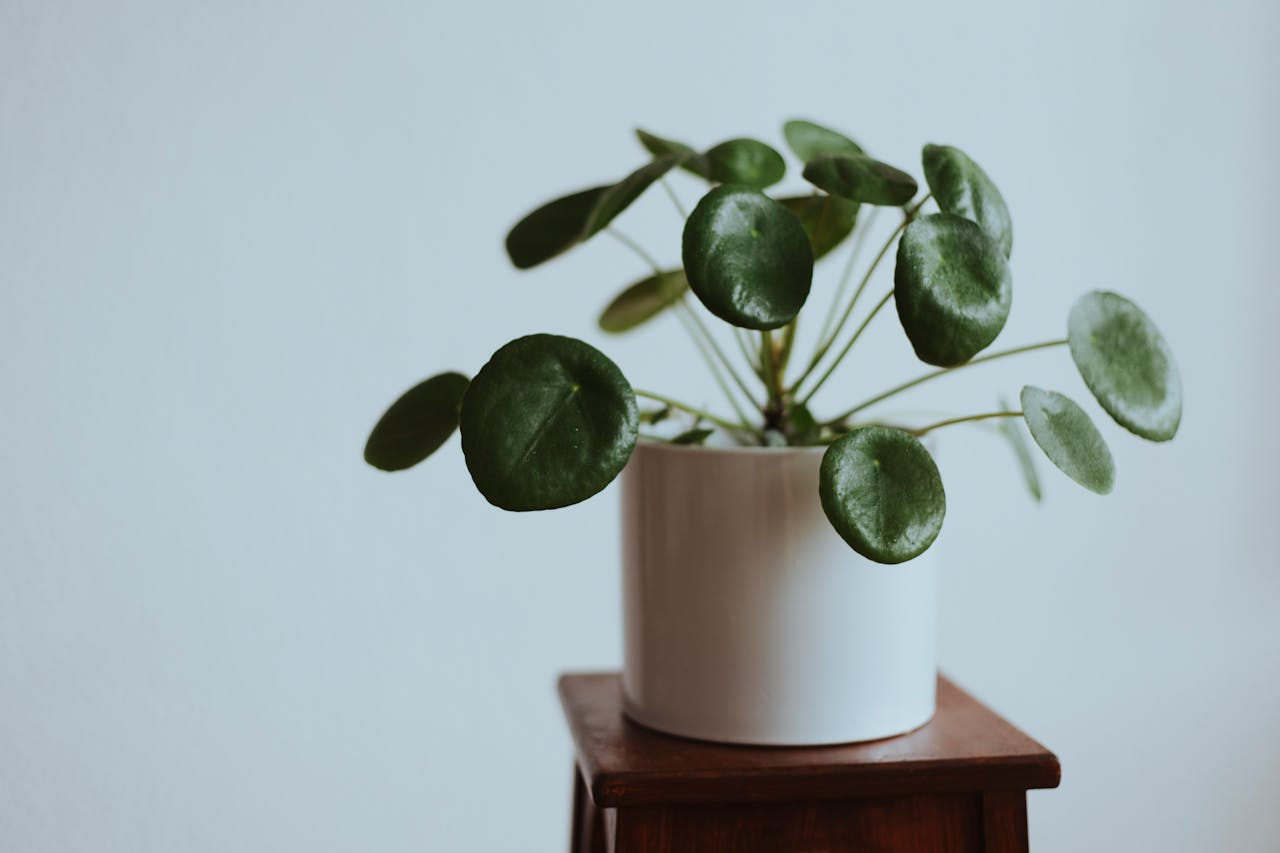Winter often brings shorter days, colder temperatures, and a desire to create warm, inviting spaces within our homes. One of the best ways to achieve this cozy atmosphere is by incorporating indoor plants, and among them, the spider plant (Chlorophytum comosum) stands out as a versatile and resilient choice. Not only do spider plants add lush greenery to your living spaces, but they also offer numerous health benefits and require minimal maintenance. Here’s a comprehensive guide to creating a cozy indoor garden with spider plants this winter.
Why Choose Spider Plants for Your Winter Indoor Garden?

1. Air Purification:
Spider plants are renowned for their ability to purify indoor air by removing toxins such as formaldehyde, benzene, and xylene. During winter, when indoor air quality can decline due to heating systems, spider plants help maintain a healthier environment.
2. Low Maintenance:
Perfect for busy households, spider plants thrive with minimal care. They can tolerate a range of lighting conditions, from bright indirect light to low-light areas, and require infrequent watering, making them ideal for winter when you might be less inclined to tend to your plants.
3. Aesthetic Versatility:
With their arching, variegated leaves, spider plants add a touch of elegance and greenery to any room. Their adaptability allows them to complement various interior design styles, from modern minimalist to cozy traditional settings.
Also Read- Spider Plants And Indoor Lighting: Ensuring Healthy Growth
Selecting the Right Spider Plants for Your Indoor Garden

When choosing spider plants for your indoor winter garden, consider the following varieties:
1. Chlorophytum comosum 'Variegatum':
Known for its white-striped leaves, this variety adds a striking contrast to darker indoor spaces.
2. Chlorophytum comosum 'Vittatum':
Featuring solid green leaves, this classic spider plant is perfect for adding lush greenery without overwhelming colors.
3. Chlorophytum comosum 'Bonnie':
A compact variety with curly leaves, ideal for smaller spaces or tabletops.
Also Read- Spider Plants And Temperature Fluctuations: Maintaining Optimal Growth
Placement Tips for a Cozy Indoor Garden
1. Bright, Indirect Light:
Place your spider plants near windows that receive bright, indirect sunlight. While they can tolerate lower light conditions, adequate light ensures vibrant foliage and healthy growth.
2. Grouping for Microclimates:
Grouping multiple spider plants together can create a microclimate with higher humidity levels, benefiting all the plants in the cluster. This setup also adds depth and visual interest to your indoor garden.
3. Strategic Placement:
- Living Rooms: Use tall spider plants as floor decor to add height and greenery.
- Bedrooms: Smaller varieties can be placed on nightstands or dressers for a soothing, natural touch.
- Bathrooms: Spider plants thrive in the higher humidity of bathrooms, adding a refreshing element to the space.
Styling and Decorating with Spider Plants

1. Decorative Pots:
Choose pots that complement your interior décor. Options range from sleek, modern designs to rustic ceramic containers. Consider seasonal colors like deep reds, greens, or metallics to enhance the cozy winter vibe.
2. Fairy Lights:
Incorporate string lights or fairy lights around your spider plants to add a magical glow. This not only highlights the plants but also creates a warm and inviting atmosphere.
3. Macramé Hangers:
Use macramé plant hangers to suspend spider plants from ceilings or wall hooks. This adds a bohemian touch and maximizes space, especially in smaller rooms.
4. Terrariums and Glass Containers:
Create enclosed terrariums with spider plants to add a unique and decorative element. These setups are visually appealing and help maintain humidity levels around the plants.
Winter Care Tips for Spider Plants
1. Watering:
During winter, reduce the frequency of watering as spider plants enter a dormant phase. Allow the top inch of soil to dry out between waterings to prevent overwatering and root rot. Typically, watering once every 2-3 weeks is sufficient, but adjust based on your home's humidity and temperature levels.
2. Humidity:
While spider plants are relatively tolerant of lower humidity, increasing humidity can promote better growth. Use a humidifier, place plants on pebble trays with water, or group plants together to create a humid microenvironment.
3. Temperature:
Maintain a stable indoor temperature between 60°F to 75°F (15°C to 24°C). Avoid placing spider plants near drafty windows, doors, or heating vents that can cause temperature fluctuations and stress the plants.
4. Cleaning:
Dust the leaves regularly with a damp cloth to ensure efficient photosynthesis and to keep the plants looking their best. Clean leaves also prevent pests from taking hold.
5. Fertilization:
Limit fertilization during winter as spider plants’ growth slows down. A balanced, water-soluble fertilizer applied once in late fall can help maintain soil nutrients without promoting excessive growth.
DIY Projects to Enhance Your Cozy Indoor Garden

1. Personalized Planters:
Get creative by decorating plain pots with paint, washi tape, or decoupage techniques. Personalized planters add a unique touch and reflect your personal style.
2. Hanging Garden:
Create a hanging garden by suspending multiple spider plants at varying heights. This vertical arrangement not only saves space but also adds a dynamic visual element to your indoor garden.
3. Mini Terrariums:
Build mini terrariums with spider plant cuttings and small decorative elements like stones, moss, or miniature holiday ornaments. These terrariums make charming additions to shelves, tables, or mantels.
Cost and Time Considerations
Cost:
- Spider Plants: $10-$30 per plant, depending on the variety and size.
- Decorative Pots: $15-$50, depending on the design and material.
- Lighting and Accessories: $10-$30 for fairy lights or macramé hangers.
- DIY Materials: Varies based on project complexity, typically $5-$20 for basic supplies.
Time:
- Initial Setup: 1-2 hours for selecting plants, potting, and decorating.
- Ongoing Care: 10-15 minutes weekly for watering, cleaning, and maintenance.
Conclusion
Creating a cozy indoor garden with spider plants this winter is a delightful way to bring life and warmth into your home. Their air-purifying qualities, low maintenance needs, and aesthetic versatility make them an excellent choice for enhancing your living spaces during the colder months. By following these tips and incorporating creative styling ideas, you can enjoy a lush, inviting indoor garden that not only looks beautiful but also contributes to a healthier living environment.













Leave a comment
This site is protected by hCaptcha and the hCaptcha Privacy Policy and Terms of Service apply.